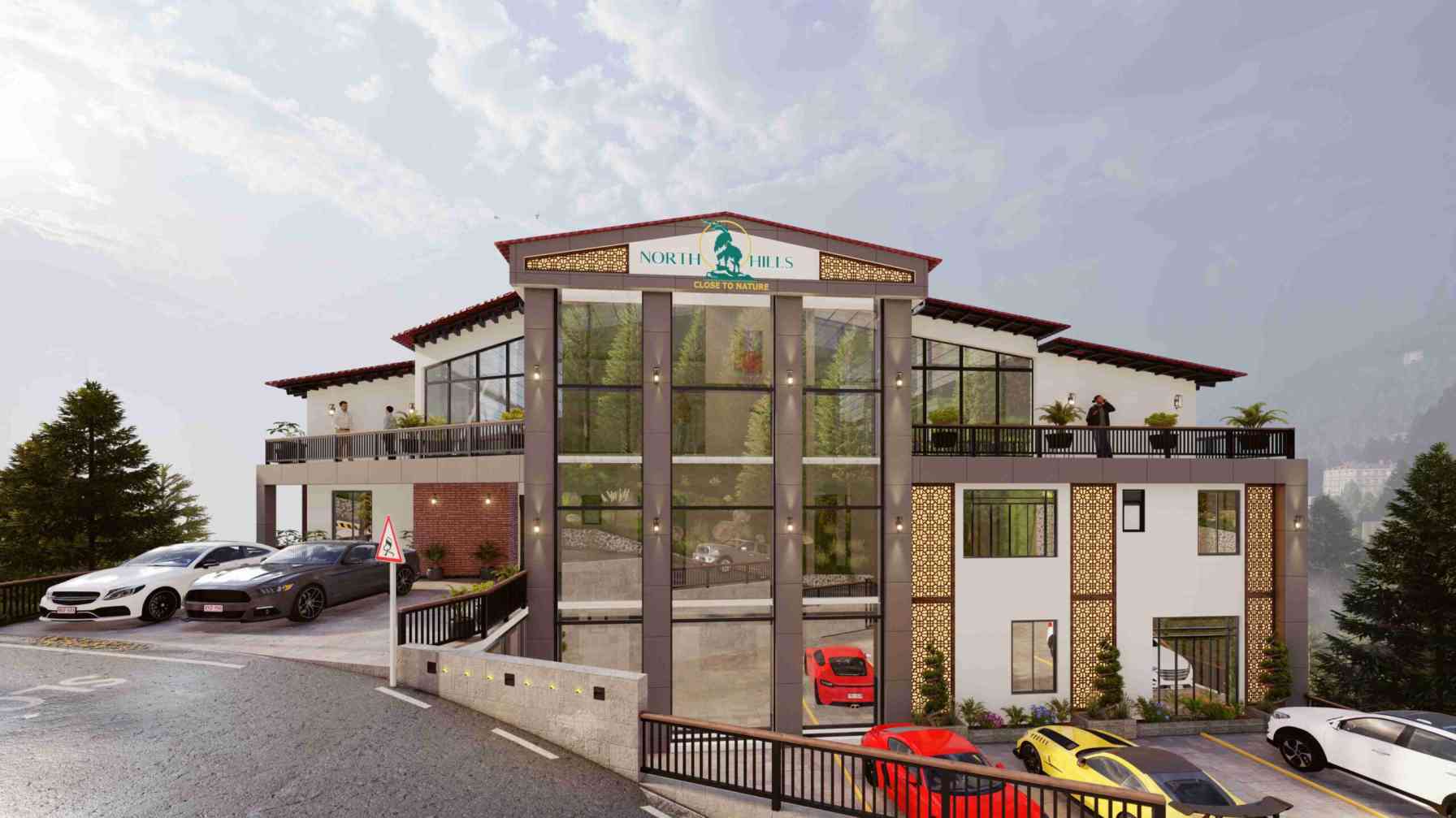Clean Energy Initiative by the ‘Green Alliance’

Pakistan has achieved self-sufficiency in its water management and clean energy sectors, marking a significant milestone. The US-Pakistan Center for Advanced Studies in Water (USPCAS-W), established at Mehran University of Engineering and Technology in Jamshoro with funding from USAID, has played a crucial role in delivering clean water energy solutions and conducting socio-economic assessments of multiple dams. As part of the US-Pakistan ‘Green Alliance’ framework, USAID has also supported the establishment of power grid stations in Jhimpir, Sindh.
One of these stations has the capacity to transmit almost half of the total 1,700 megawatts (MW) of wind power generated in the country’s power corridor to the national grid station. Additionally, a 50MW wind power project in the same area has received financial support from USAID. During a visit to the water and power project sites, US Ambassador to Pakistan Donald Blome emphasized the importance of the US-Pakistan ‘Green Alliance’ framework and highlighted the strengthened bilateral partnership between the two countries.
Blome stated, “This trip is an opportunity to witness and showcase US investment in the region, focusing on supporting Pakistan’s efforts to enhance climate resilience, achieve energy transformation, and promote inclusive economic growth. The ‘Green Alliance’ framework enables us to jointly address the climate, energy, water, and economic needs of the present and future.” Professor Dr Tauha Hussain Ali, Vice-Chancellor of Mehran University of Engineering and Technology, expressed appreciation for the first-ever visit by a US ambassador in the university’s 60-year history and emphasized the national recognition of the Center for Advanced Studies in Water.
The center’s six laboratories provide analytical and consultancy services to various entities, including government departments, NGOs, and public and private organizations in sectors such as irrigation, public health engineering, textiles, fisheries, and sugar industries. Their expertise was particularly valuable during the 2022 floods, where they created inundation maps using numerical modeling and GIS. Ali also highlighted the hope that the center would be entrusted with conducting socio-economic assessments for the proposed Sindh Barrage, which is planned near Kotri Barrage on the River Indus. Experts stressed the need for a comprehensive flood management plan to address water and climate challenges and prevent future disasters. Through the US-Pakistan partnership’s exchange program, over 169 individuals have visited universities in the United States, and currently, 70 students are pursuing PhD and postdoctoral programs at the University of Utah, USA, and the water center in Jamshoro.
In 2014, USAID initiated a five-year, $12 million cooperative agreement with Mehran University of Engineering and Technology to establish CAS-W. Another cooperative agreement of the same duration and valued at $10 million was signed with the University of Utah to enhance institutional capacity. Additionally, USAID fully funded the construction of a new three-story facility for the water center, allocating $5 million for the project. The NTDC 220KV Grid Station AM (S) Jhimpir-1, which serves as a vital transmission hub for wind power projects in the area, is connected to 19 wind power projects with a total capacity of transmitting 780MW of power to the national grid station. Since its launch in August 2018, the project has received $43 million in funding from USAID. The Jhimpir wind corridor, housing a total of 38 wind power projects, has a combined installed power production capacity of 1,700 MW.
However, the actual power production and transmission depend on the wind speed in the corridor. USAID has also contributed $43 million to the National Transmission and Dispatch Company (NTDC) for the construction of transmission infrastructure in the Jhimpir wind corridor. It has been revealed that the wind corridor in Sindh has the potential to generate an impressive 50,000 MW of wind power. During the ambassador’s visit, Hawa Energy Limited showcased its 50MW wind power project in the area. With 29 installed turbines, the company demonstrated its operational capacity, with 28 turbines actively contributing to power production. This project received a substantial $100 million investment from the Development Finance Corporation (DFC) in 2013.
















